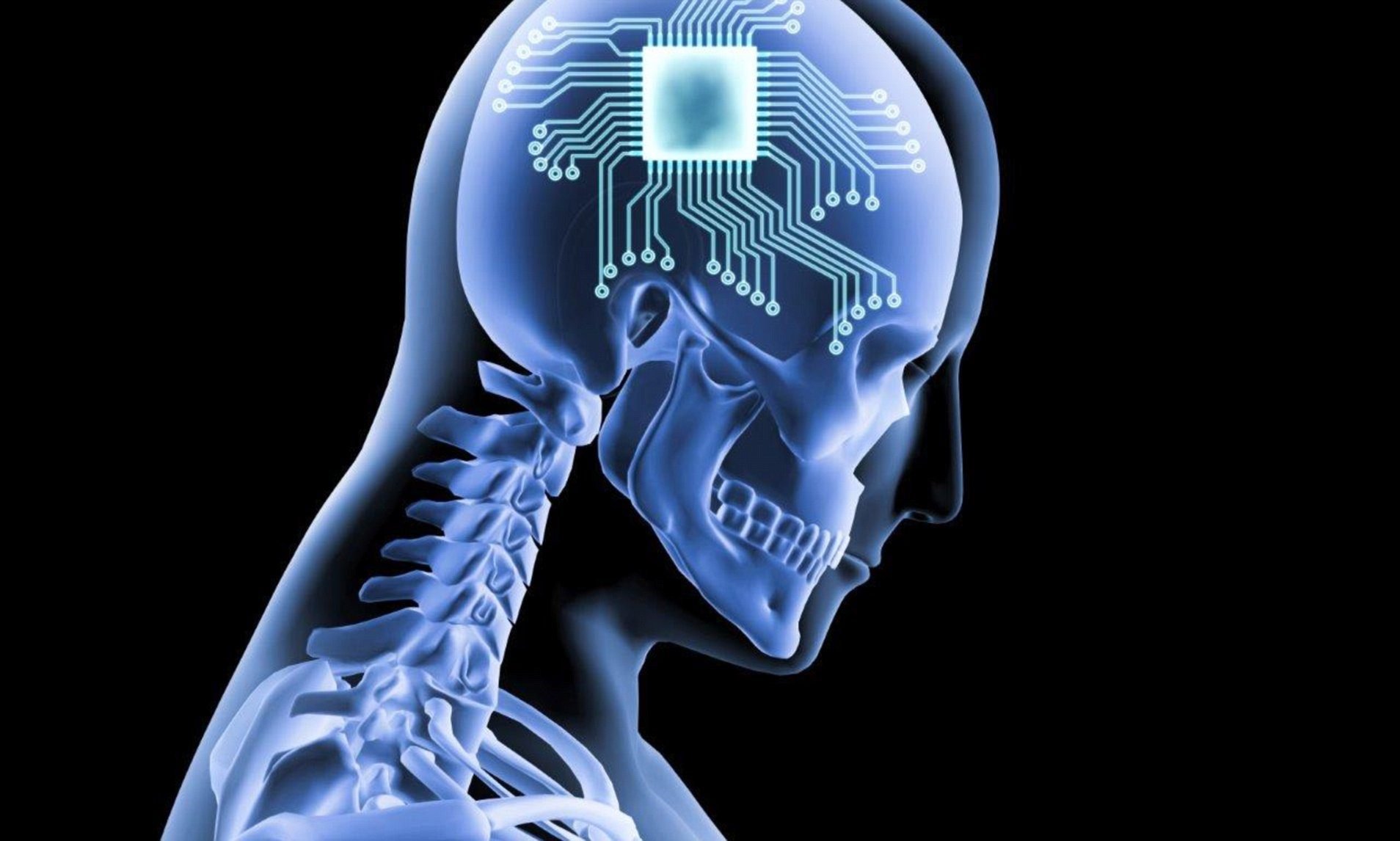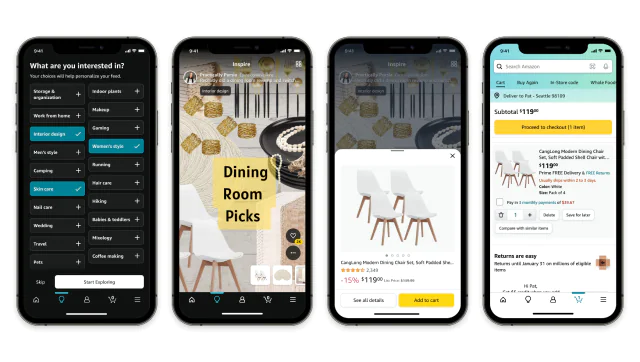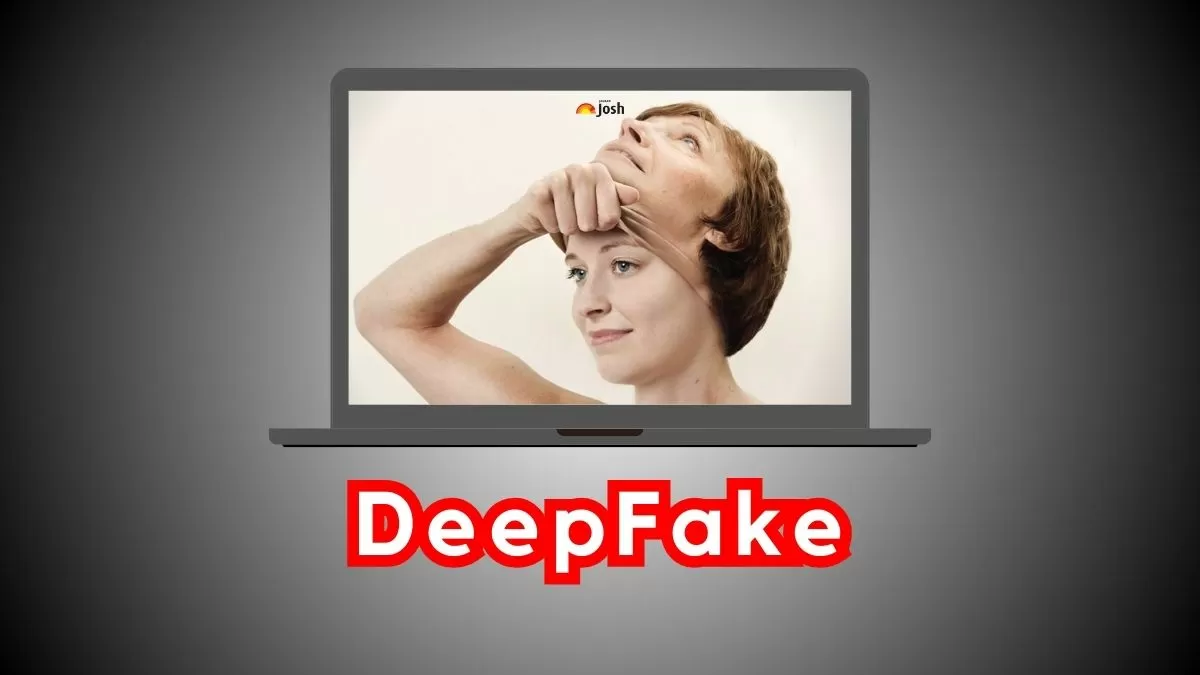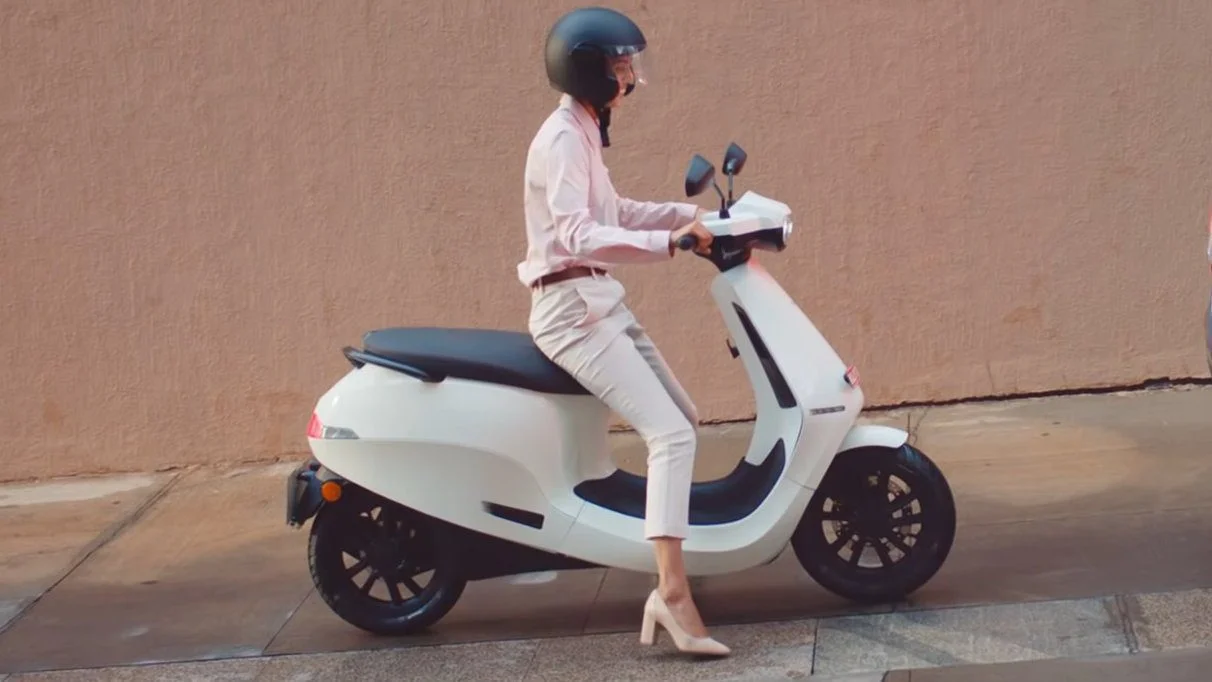Many tech enthusiasts shared their experiences returning their Apple Vision Pro headsets earlier in February. However, Apple analyst Ming-Chi Kuo discovered that nearly one-third of these returns were due to users needing help to set up the $3,500 cutting-edge technology and needing help to handle spatial computing.

In a note on Wednesday, Kuo noted, “It is significant that around 20–30% of users who returned their headsets did so because they have difficulty setting up Vision Pro or handling spatial computing.”
Kuo’s investigation revealed that only 1% of the people who bought the Vision Pro returned their headsets, which is relatively standard for most tech products. This is also far less frequent than what social media posts would suggest.
However, some of these returns stemmed from users’ challenges operating Apple’s spatial computing headset. While Apple products are known for their user-friendly interfaces, like the iPhone and Mac, the Vision Pro may be lacking.
“Intuitive by design” is one of Apple’s slogans for Mac computers. The company’s website states, “Mac is designed to be easy to learn and use – so you can do more than you ever imagined.”
But Apple’s first VR headset has less-than-obvious features that may confuse users. For example, even the most ardent journalists and tech reviewers failed to realize there was a way to power down the headset without detaching the battery pack. Second, many reviews also missed out that gaming on the Vision Pro is a bit challenging, as it uses eye-tracking to navigate Apple’s spatial computing environment. While this approach should be more intuitive than a mouse, it comes with a steep learning curve. There are also some limitations.
For example, users need to press a physical button on the headset to browse apps, which interrupts the spatial computing experience. Accessing the control center requires looking up towards a small arrow on the ceiling. Additionally, if users forget their password, they may need to visit an Apple store to reset it. For the hefty price tag of $3,500, some users find these challenges not worth the investment.
Kuo also mentioned a slowdown in demand for the Vision Pro. Shipping times for Apple’s flagship headset have improved to 3-5 days, compared to over a month during pre-orders. While Apple is projected to sell more Vision Pros this year than initially forecasted, it still caters to a niche market.
Kuo anticipates that the Vision Pro will remain a niche product for several years. Apple may not introduce a lower-priced, mass-produced model until 2027. Nevertheless, Apple appears to be allocating more resources to the Vision Pro and other AI product teams since abandoning plans for an Apple Car.








